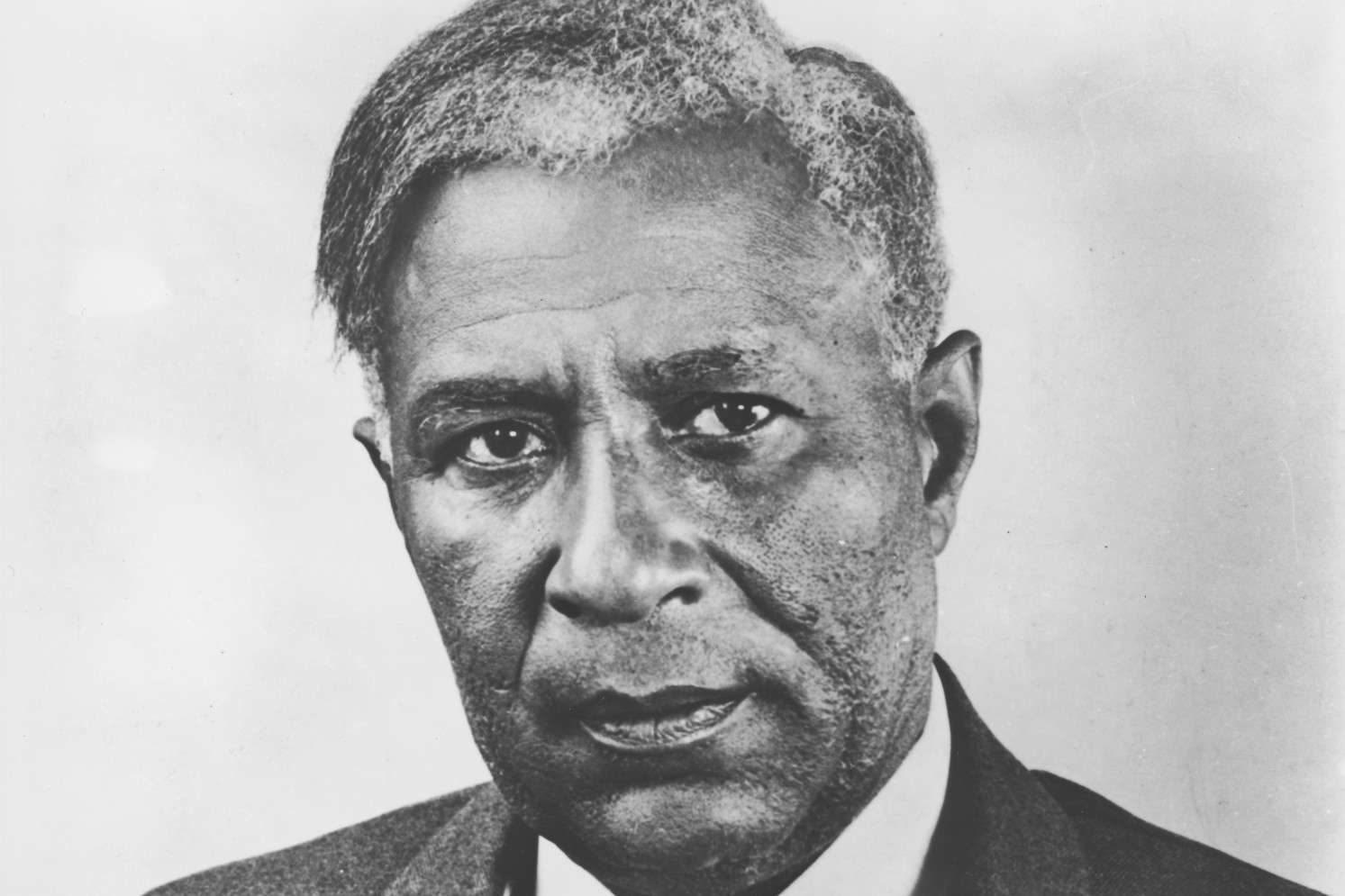

Garrett Morgan was an African American inventor, entrepreneur, and community leader who overcame great adversity in his early life to become one of the most accomplished and respected figures of his time.
Morgan was born in 1877 in Kentucky, the seventh of eleven children born to former slaves. Despite the end of slavery, he and his family faced severe poverty and discrimination in the years that followed. Despite these challenges, Morgan was determined to pursue an education and worked tirelessly to achieve his goals.
After completing grade school, Morgan moved to Cincinnati, Ohio where he found work as a sewing machine repairman. He quickly realized that he had a natural talent for mechanics and began to experiment with his own inventions. In 1895, at the age of 18, he invented and patented an improved sewing machine that could sew through heavy fabrics such as leather.
With the profits from his sewing machine invention, Morgan moved to Cleveland, Ohio, where he opened his own sewing machine repair shop and began to focus on inventing new devices to improve the lives of working people.
One of Morgan's most famous achievements was his invention of the "safety hood" or gas mask in 1914. The gas mask was designed to protect firefighters and rescue workers from smoke and toxic gases, and it proved to be a lifesaver in the many industrial accidents that occurred during that time. Morgan's invention was used in World War I and also in the rescue of workers during the 1916 Cleveland Waterworks Tunnel disaster, where his mask saved many lives.
Another of Morgan's invention was the traffic signal. In 1923, Morgan patented a "automatic traffic control" which was the precursor to the modern traffic signal. The invention was designed to improve the safety of pedestrians and vehicles on the busy streets of Cleveland.
Morgan's contributions to society were recognized by many organizations and awards. He was awarded with a gold medal by the National Association for the Advancement of Colored People (NAACP) in 1914 for his safety hood invention, and was appointed as a member of the Cleveland Association of Colored Men in 1920. He was also honored with a key to the city of Cleveland in 1940.
Morgan's life and work have inspired countless others to pursue careers in science and technology. His legacy continues to be celebrated today, as an example of what can be achieved through hard work, determination, and a passion for innovation.
Black Wall Street Thrived
How the greatest black community thrived before its dismantling
Black Wall Street, also known as Greenwood Avenue in Tulsa, Oklahoma, was a bustling hub of African American-owned businesses during the early 20th century. It was a thriving community that served as a model for other African American business districts across the country.
One of the key factors that contributed to the success of Black Wall Street was the strong sense of community that existed among its residents. Despite facing widespread discrimination and segregation, the people of Greenwood Avenue were able to come together and support one another's businesses. This sense of community was not just limited to the business owners, but extended to the consumers as well, who made a conscious effort to shop at and support their neighbors' businesses.
Another factor that contributed to the success of Black Wall Street was the high level of innovation that was present within the community. Many of the businesses on Greenwood Avenue were able to thrive because they were able to offer unique products or services that their competitors could not. For example, the Dreamland Theater was the first movie theater in the city to show "race films," which were specifically made for African American audiences. These films were a hit and helped to drive business to the Dreamland Theater.
Additionally, the businesses on Black Wall Street were able to form strong partnerships with each other, which allowed them to pool their resources and work together to create a more competitive market. This was especially important for businesses that faced discrimination from their white counterparts, as it allowed them to build a strong and self-sufficient community that was able to withstand economic challenges.
Overall, Black Wall Street was a remarkable example of the power of innovation and community in the face of adversity. Despite facing widespread discrimination and segregation, the businesses on Greenwood Avenue were able to thrive and become a model for other African American business districts across the country.
Learn to use ChatGPT like a Pro!
download a PDF on how to use ChatGPT for your own interest by clicking button below
To download the PDF for FREE individuals must pass human verification. Simply complete an offer after clicking the button to unlock the offer. If you complete an offer and page does not download automatically, refresh your page.




Like this? Leave a comment, review, and/or share!